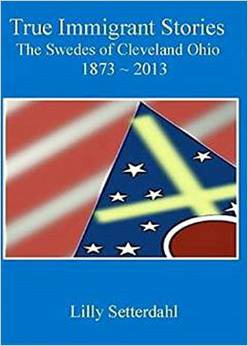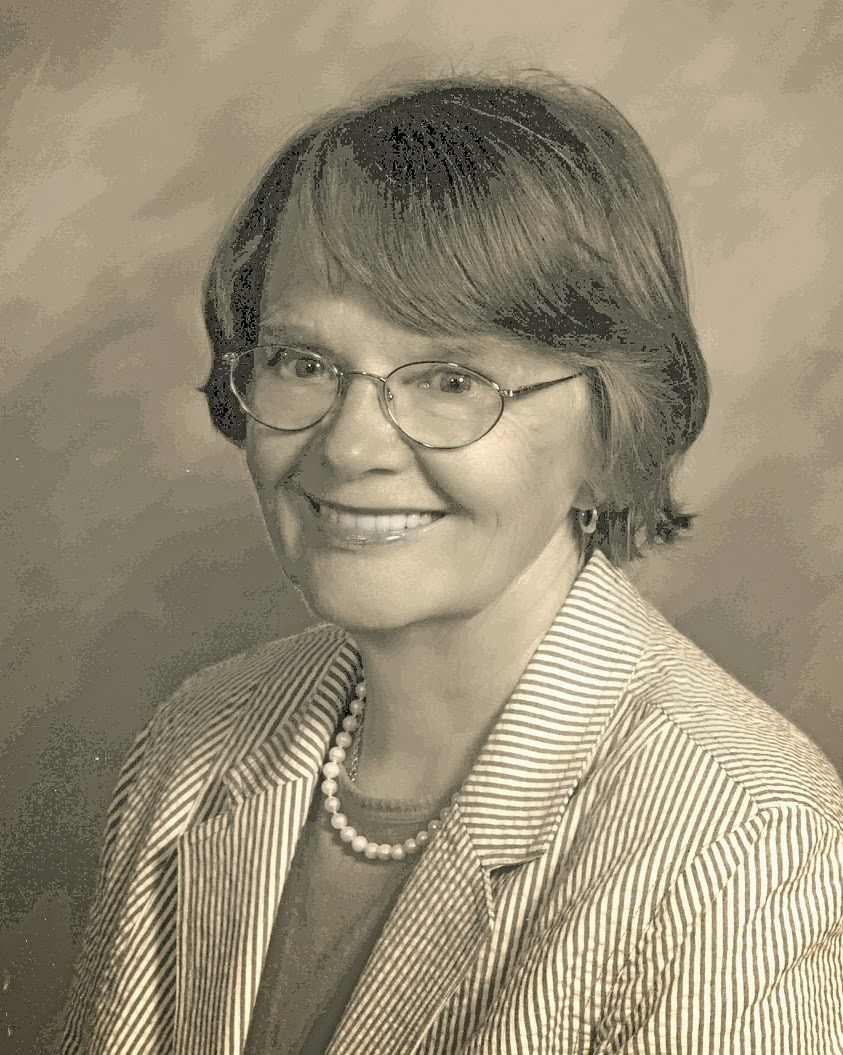The Swedes of Cleveland
A Swedish-American immigrant reviews Lilly Setterdahl's True Immigrant Stories – The Swedes of Cleveland Ohio 1873–2013.
-
 True Immigrant Stories: The Swedes of Cleveland Ohio 1873-2013. 400 pages, illustrated. ISBN 978-1-4951-1547-9 / $26.95
True Immigrant Stories: The Swedes of Cleveland Ohio 1873-2013. 400 pages, illustrated. ISBN 978-1-4951-1547-9 / $26.95 -
-
The book "True Immigrant Stories – The Swedes of Cleveland Ohio 1873–2013" is a comprehensive and detailed book written by Swedish American Lilly Setterdahl. The author was born, raised and married in Sweden before she moved from Frändefors in Dalsland in 1959 and settled in Moline, Illinois with her sons and husband, Lennart.
-
 Author Lilly Setterdahl.
Author Lilly Setterdahl. -
-
This is an unusual and interesting book, with excerpts of many people’s lives and their immigrant stories. I truly enjoyed reading about immigrants coming to the Cleveland area at the end of the 20th century, and even more so with the recent generations as I can personally relate to that (my family and I settled in the U.S. in 1978). The hardships encountered by earlier generations are well known, but their successes in Ohio were nicely captured by Setterdahl; I felt as if they [the Ohio immigrants] made the right decision to come here. I mostly enjoyed the way she captured the oral histories. These were actual interviews — many done by her husband Lennart, who also took most of the photographs, and my absolute favorite part of the book was Lilly’s own emigration story.
-
Cleveland is a portrait of "little Sweden" as so many Swedes settled there. There were a lot of Swedes to keep track of in the stories, but they all came alive and were all an interesting read. They organized churches, Swedish groups and businesses, and so much of their Swedish-influenced craftsmanship seemed advanced at the time, and therefore in high demand. As part of the Rust Belt many migrant Swedes of the late 19th century ended up working for the steel mills. In some cases they became such a strong part of the work force, one of the mills ended up being called the "Swedes' Mill."
-
It was also interesting to find out that many were able to go back to Sweden for — if not on a regular basis — a few visits with family. Some returned to Sweden after "retirement," as they may always have felt a little homesick. But it was heart warming to learn some were clearly trips to proudly show their families that they had done well in the new country and to show off their offspring.
-
Setterdahl uses Swedish words or segments in Swedish — such as farfar, mormor or mormorsmor, lists of towns, or provinces in Sweden — in an appealing way. Reading about activities such as unions, benefit societies or sports, and then especially the Olympic Games or competitions between the provinces Skåne and Småland, was informative as well. Some information was entertaining and funny, other information more factual and in some cases disturbing, though true.
-
This is just one of about 20 books written by Setterdahl. Up to this point I was most familiar with "Not my time to die — Titanic and the Swedes on Board," which she was promoting at a convention where I personally got to meet her. Her 2015 release of "Minnesota Swedes Vol. 1 — The Emigration from Trolle Ljungby to Goodie County" is a revision of the 1996 book. Setterdahl’s books can be found on Amazon.com.
-
True Immigrant Stories: The Swedes of Cleveland Ohio 1873-2013
ISBN 978-1-4951-1547-9
400 pages, illustrated -
By Liza Ekstrand, who immigrated to the U.S. from Sweden with her young family in 1978. She has been active in the Swedish American communities of Milwaukee and the midwest, and has had dual citizenship in America and Sweden since 2010.
-
Immigrant labor ... Joe Hill
While on steel workers and itinerant immigrant labor, another Swedish immigrant worker comes to mind. It's been 100 years since a Swedish migrant laborer was executed in Utah for a murder he may not have committed: songwriter and labor activist Joe Hill (or Joel Hägglund from Gävle, Sweden) was convicted of murdering a former policeman and his son. According to many historians, it was unjustly so and solely based on conjecture and circumstantial evidence. His work and his songs have been immortalized in several ways — much of it based on an Alfred Hayes's 1930s poem "I Dreamed I Saw Joe Hill Last Night." The subsequent song has been performed by a diverse group of musicians, from Pete Seeger, Joan Baez to Bruce Springsteen and the E Street Band. /Ed. -
-
